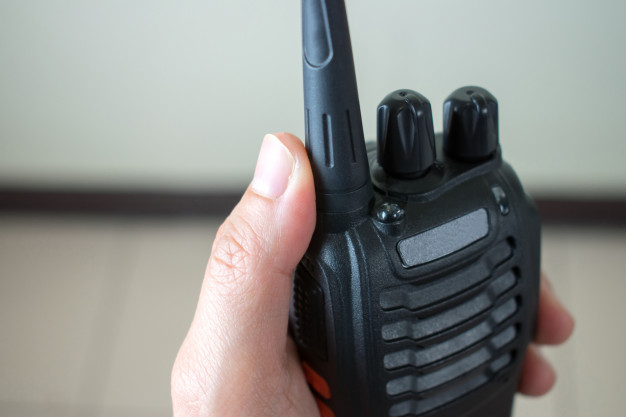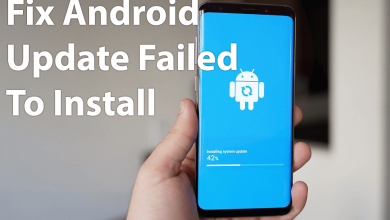Everything You Need to Know About Digital Mobile Radio (DMR)

Digital Mobile Radio, commonly known as DMR, is a digital two-way radio standard provided by ETSI (European Telecommunications Standards Institute) for worldwide use. This open standard is specifically designed to replace the aging analog standards with double the channel capacity, dedicated to providing cost-optimized, secure and authentic communications for professional mobile users. Digital Mobile Radio was designed to offer an easy upgrade path from analog to digital radio, in order to make sure interoperability between different vendors.
The European Telecommunications Standards Institute created the specifications for the standard in 2005 along with the trunked standard specification in the year 2012. The interface of Digital Radio Mobile is set out of four key, including Air Interface Protocol, Voice, and General Services and Facilities, Data Protocol, and Trunking Protocol. In general, they are known as DMR part 1, 2, 3, and 4.
One of the most common reasons digital mobile radio offers an easy migration path for existing analog radio users is that it works within the existing 12.5 kHz channel spacing used in licensed land mobile frequency bands worldwide. This eliminated the need for time-consuming and costly frequency re-cycling or special frequencies allocation. There are several DMR radio manufacturers that enable mixed fleets of analog and digital radios in order to work together to enable a gradual transition.
One of the most amazing benefits of digital media radio is it offers two voice channels for every one analog channel via the use of two-slot TDMA (Time Division Multiple Access) technologies that can be divided into a 12.5 kHz channel into two independent time slots. It also defines that digital mobile radio achieves the 6.25 kHz channel equivalence, specified by several worldwide regulators seeking greater spectral efficiency.
There is something for everyone
Digital media radio is designed to fulfill the needs of several user bases from consumer and short-range business users looking for low power, cost-optimized radios, professional users, and emergency services. In addition to this, there are several businesses and organizations that rely on private radio communications, such as public sector bodies (central & local government, healthcare, education), transportation, utilities, logistics, energy, industrial, manufacturing, retail, hospitality, and public safety organization. The communications needs of all these businesses may vary depending on the number of users, coverage area, health and safety regulations, and the range and sophistication of apps as well as services required. The standard of digital mobile radio is divided into three categories to meet the needs of varieties of end-users.
Tier 1: In this category, radios are limited to a maximum of 0.5-watt transmission power and a lack of advanced features. All the products of tier 1 are best suited for personal and recreational use, as well as for small businesses working on a very local basis.
Tier 2: It includes conventional radio systems, mobiles, and hand portables in which a dedicated radio channel is allocated to all groups of users. It works in PMR licensed frequency bands right from 66-960 MHz. It includes advanced voice features as well as integrated IP data services with the help of two-slot TDMA in 12.5 kHz channels in order to support text messaging as well as packet data, such as support for IPv4 and IPv6.
Tier 3: It offers the same as Tier 2, but it supports digital trunking. Its operations utilize a control channel to dynamically allocate a pool of radio channels to several groups of users. It also operates in frequency bands 66-960 MHz with the help of two-slot TDMA in 12.5 kHz channel specifications in order to provide a digital replacement for analog MPT1327 trunked radio systems.





